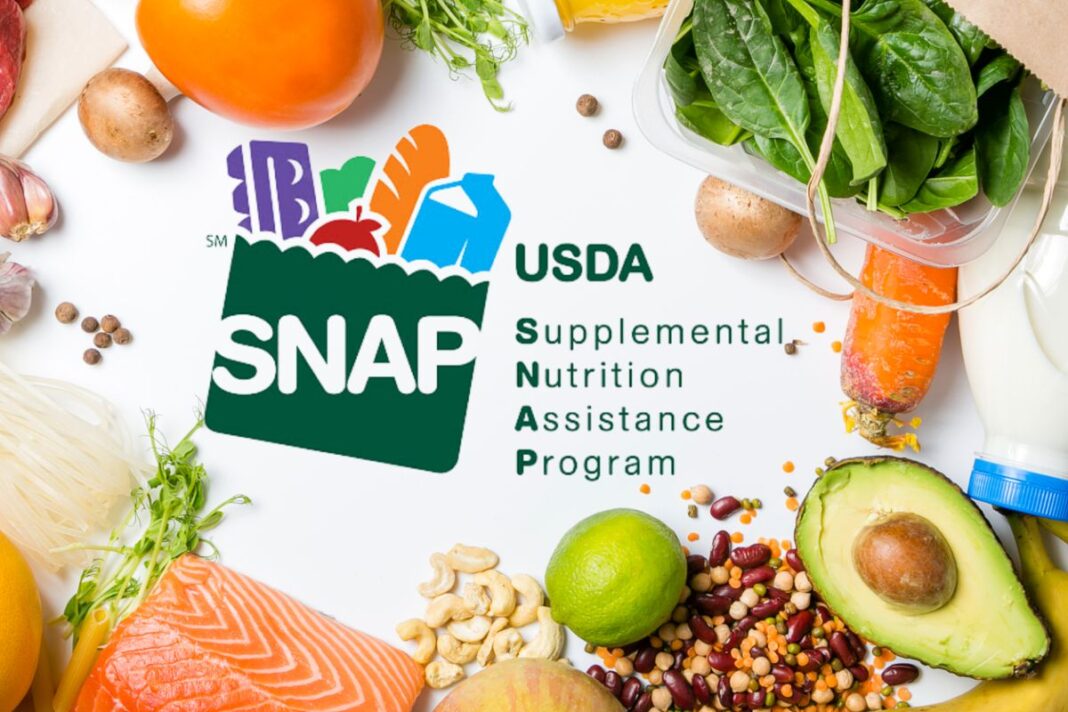The Trump administration is only paying partial benefits for November, with future payments up in the air.
When the federal food stamp program is operating normally, recipients receive money for groceries on their electronic cards on the same day each month.
Under the longest government shutdown in history, many people have not yet received food stamps for November—and may not receive the benefits for months, according to experts and government officials.
The Trump administration on Nov. 3 said it would issue partial benefits for November to comply with a court order. The money for the benefits is being drawn from a contingency fund that has $4.6 billion in it.
Because only partial benefits will be paid, states must adjust their food stamp distribution systems after receiving information from the U.S. Department of Agriculture (USDA), Patrick Penn, an official with the USDA, said in a filing.
Benefits Reduced
The USDA took the first step on Nov. 4, sending a memorandum to states on how to reduce benefits for recipients.
Tables provided to states showed maximum benefits depending on household size, with the maximum numbers about half of what they normally are. For a household of three, for example, the maximum allotment was $392, down from $768.
“State agencies must take immediate action to implement this reduction,” Penn said in the memo.
Because the changes are unusual, and because some states use systems that are decades old, it’s not clear how many will be able to complete them quickly with minimal disruption versus experiencing a range of problems, Penn said in the court filing.
“For at least some States, USDA’s understanding is that the system changes States must implement to provide the reduced benefit amounts will take anywhere from a few weeks to up to several months,” he said.
The administration had been presented with a choice by a federal judge in Rhode Island: use the contingency funds to partially fund November benefits, or use the contingency funds and additional money to fully fund benefits for the month. Officials said they opted against utilizing additional money because it is being saved for nutrition programs for children and pregnant women.
“The Trump administration decision to only issue partial SNAP benefits will delay the benefits going out,” Tracy Roof, who is chair of the University of Richmond’s Department of Political Science and is writing a book about the history of the food stamp program, told The Epoch Times in an email.
“Had the administration decided to issue full benefits, it could have been a quick turnaround. But now states will have to reprogram their delivery systems which could take days, weeks, or even months for some states. How quickly a state can issue benefits depends on how their systems are set up and some can react more quickly than others.”
Some states, such as California, have been telling SNAP recipients that they’re not sure how long it will take to process and distribute the funds.
Others say recipients can expect benefits soon.
If federal funds are provided this week, then the partial benefits will be loaded onto the electronic cards “by next week, so beneficiaries should check the balances on their cards often,” the North Carolina Department of Health and Human Services said in a statement.
Still, others, including Virginia, are using state money to pay SNAP recipients. A number have received funds on the day of the month they usually do.








